Take a closer look at your sightings and discoveries during the first month of this year’s North East Ladybird Spot
Already, you have shared an amazing 286 ladybird sightings as part of the North East Ladybird Spot this winter. From familiar species such as 7-Spot Ladybird and non-native Harlequin Ladybird to a number of scarce specialists, you’re doing an incredible job mapping the distribution of these vibrant insects across our region.
From Alnwick to Middlesbrough, so far, you have recorded a fantastic twelve ladybird species in total – a great result for a cold and windy February! As we come to the end of the first full month of the North East Ladybird Spot, explore your highlights, discoveries and interesting finds below.
Ladybird spotting in Cemeteries
From urban sites in Newcastle and Sunderland to the remote churchyards of Northumberland, many of you have been visiting cemeteries in search of wintering ladybirds. The Harlequin Ladybird has been observed a grand total of fifty-seven times so far making it the most recorded species as part of this year’s project. Particularly numerous in urban settings, the majority of sightings have come from Newcastle but others have been spotted in Morpeth, Hexham and Alnwick, highlighting the spread of this species across our region.
Looking at native species now and the eyecatching Orange Ladybird has been particularly numerous this year with especially high counts in North Shields and Newcastle. A fan of the broadleaf trees commonly planted in urban locations, the population of species is increasing nationally. Less numerous but widely distributed, you have also shared dozens of sightings of 2-Spot and 10-Spot Ladybirds, predominately from cemeteries; while Cream-Spot Ladybirds, with their distinctive maroon wing cases adorned with white spots, have been observed a grand total of twenty times so far.
Sightings of a number of scarcer species have also been shared from cemeteries with local naturalist, Mark Welfare, finding Kidney-Spot Ladybird and ladybird spotters in Newcastle recording good numbers of Pine Ladybirds.
Ladybirds will be present in our region’s cemeteries until late March and there is still plenty of time to get out and about to spot some for yourself. If you would like to take part in a more comprehensive survey of the cemeteries and churchyards near you, please email gordon.port@newcastle.ac.uk for more information.
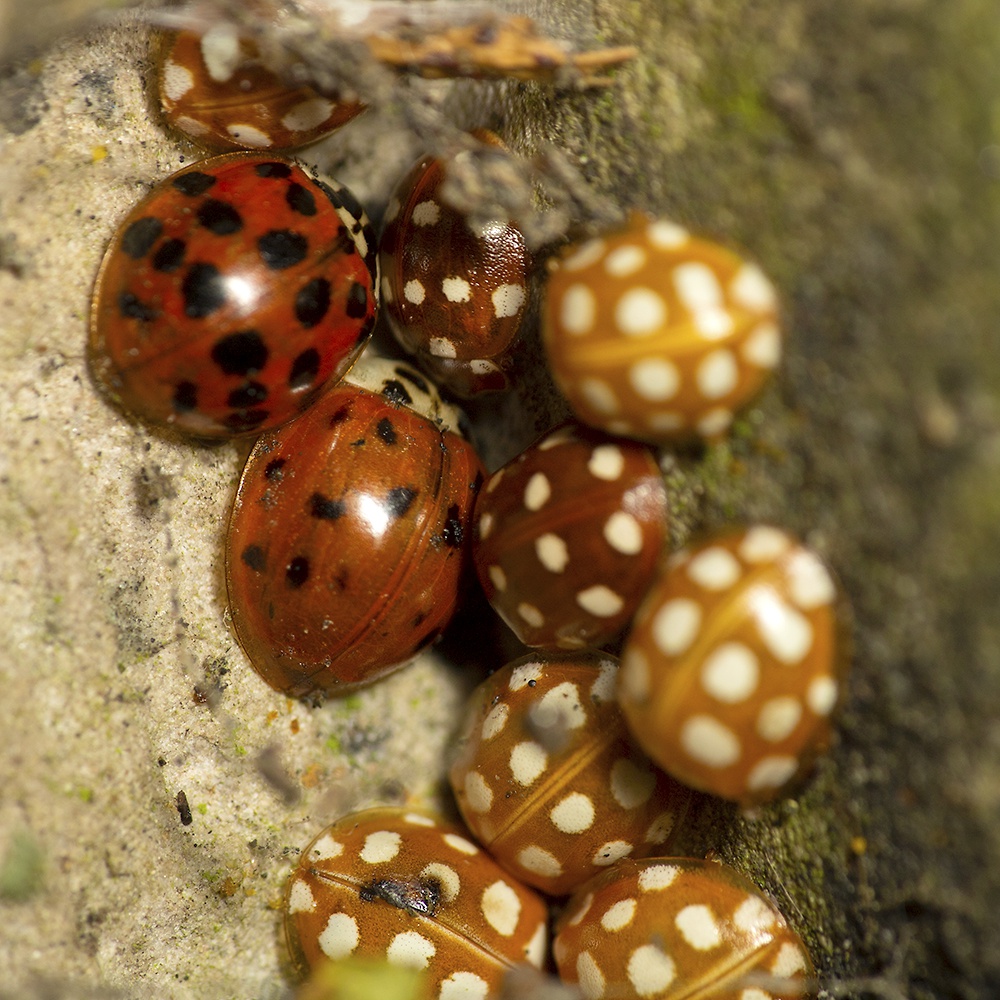
Cream-Spot Ladybirds (and others) © Ian Beddison 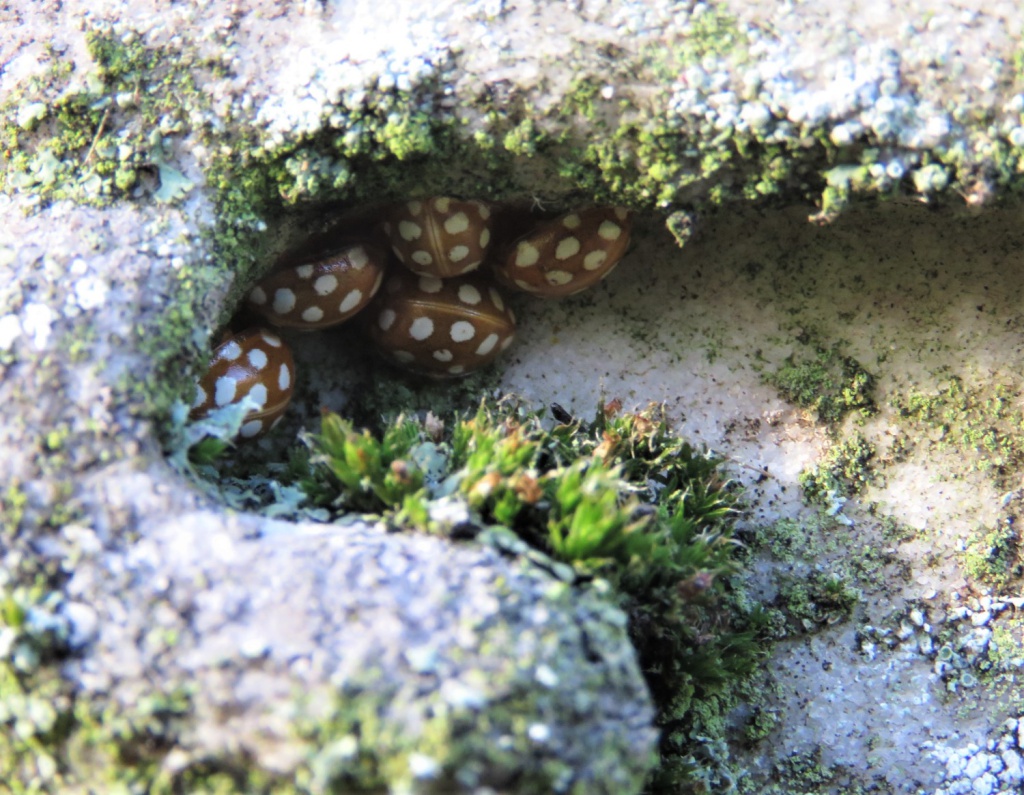
Orange Ladybirds © Philip Jordan 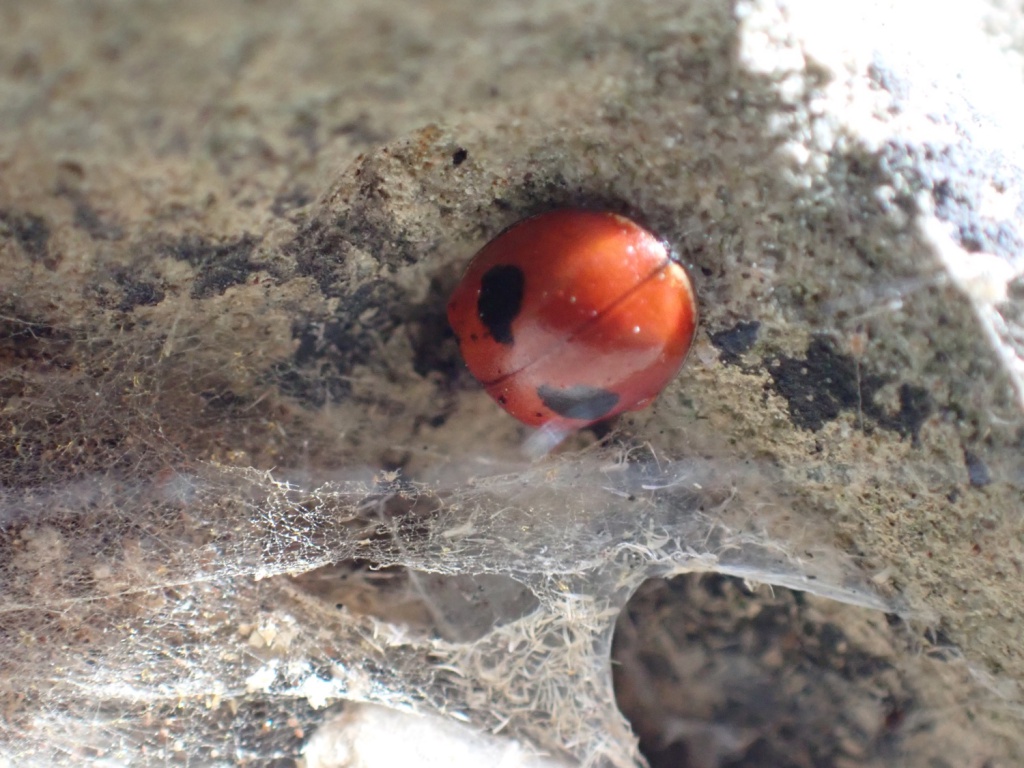
2-Spot Ladybird © Mark Welfare 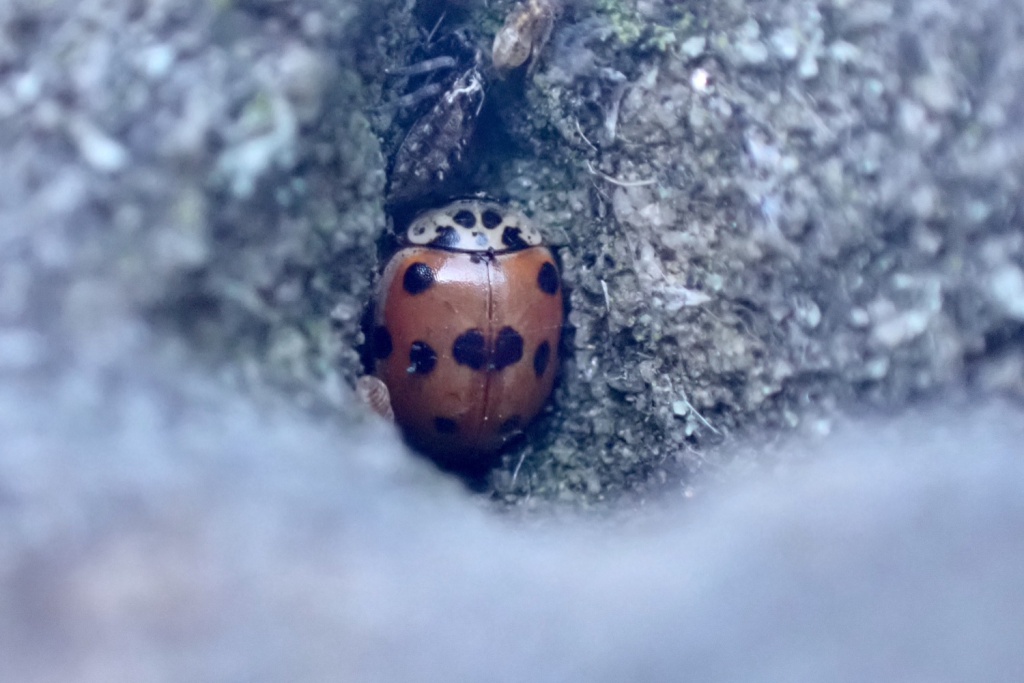
10-Spot Ladybird © Joe Dobinson
Hiding in plain sight
While ladybirds in cemeteries are often easy to see, those wintering in other locations can be rather inconspicuous. Still, during the first month of the North East Ladybird Spot, you have managed to find ladybirds in a great range of places.
Conifers have proven popular, and many of you have observed the familiar 7-Spot Ladybird at rest in the tips of pine branches. Other species observed on conifers include 10-Spot and Pine ladybirds, while a Kidney-Spot Ladybird was spotted at Rising Sun Country Park in Tyneside.
Away from trees, some of you have also noted ladybirds on fence posts, indoors and within tree holes, as well as secreted away in Gorse – another popular retreat for these insects during winter.
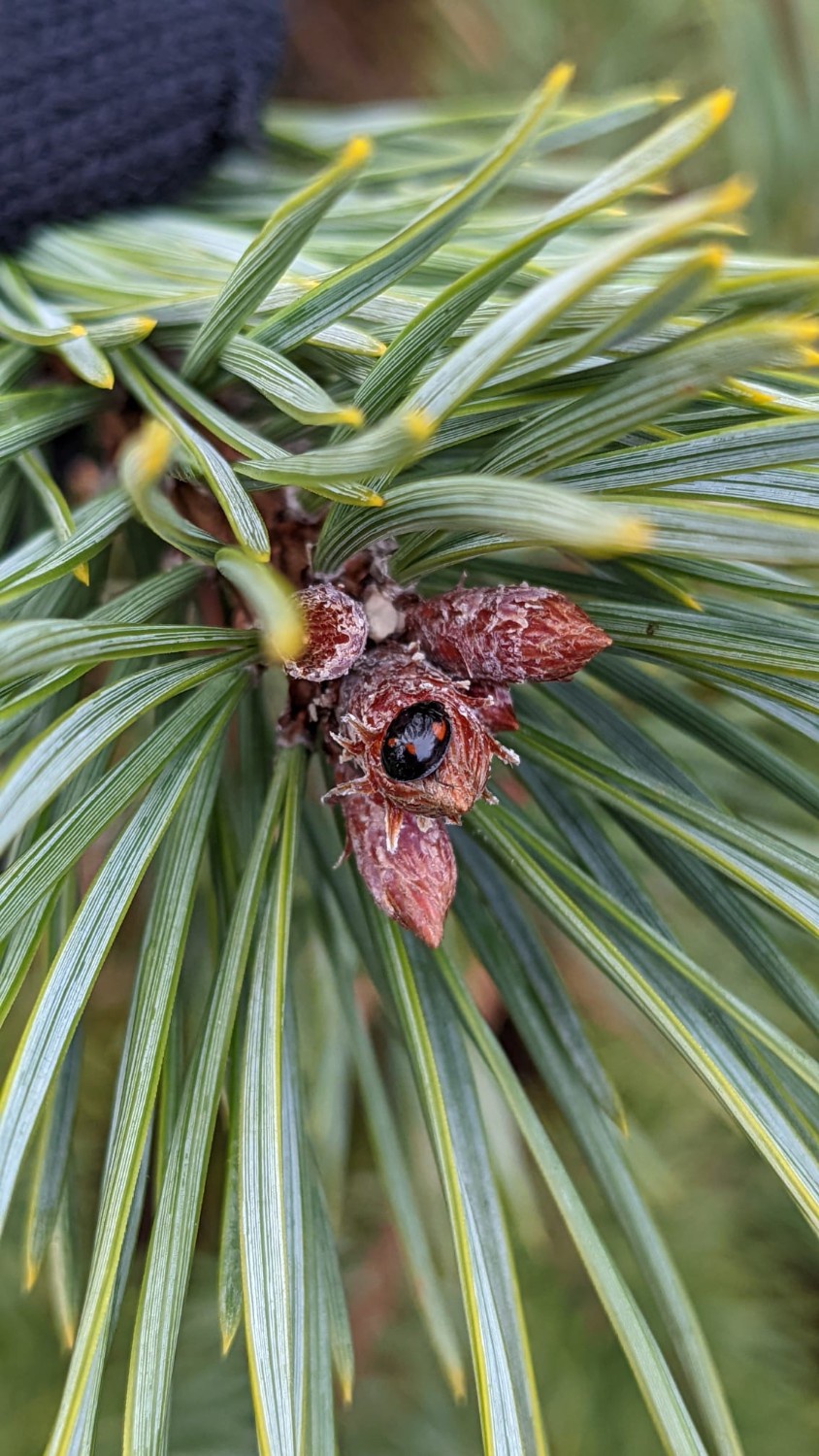
Pine Ladybird © Matt Williamson 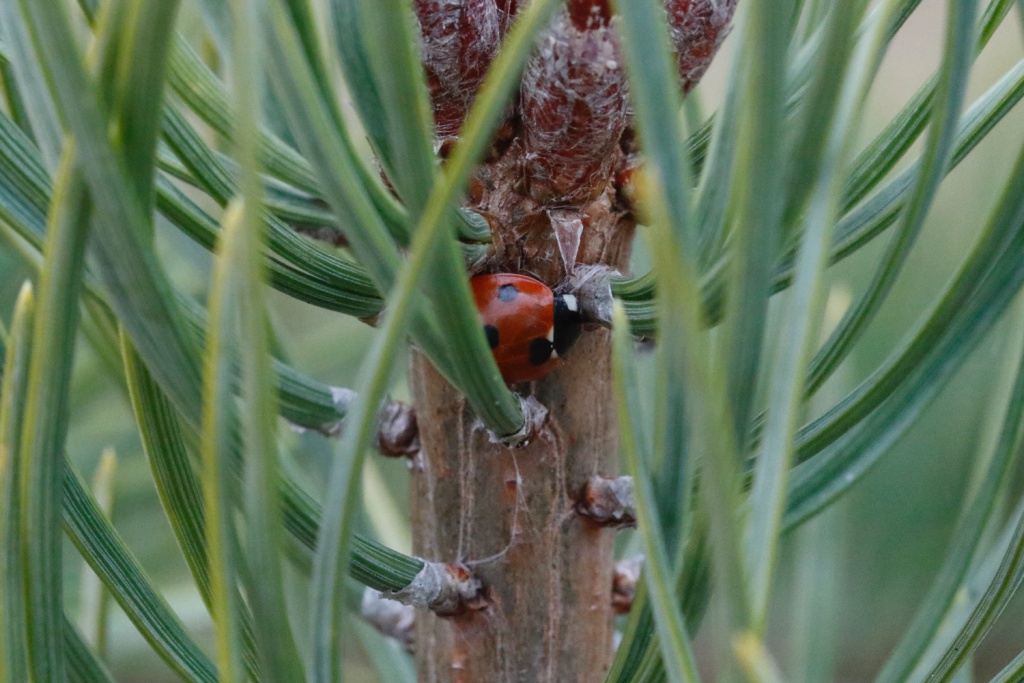
7-Spot Ladybird © Chris Barlow 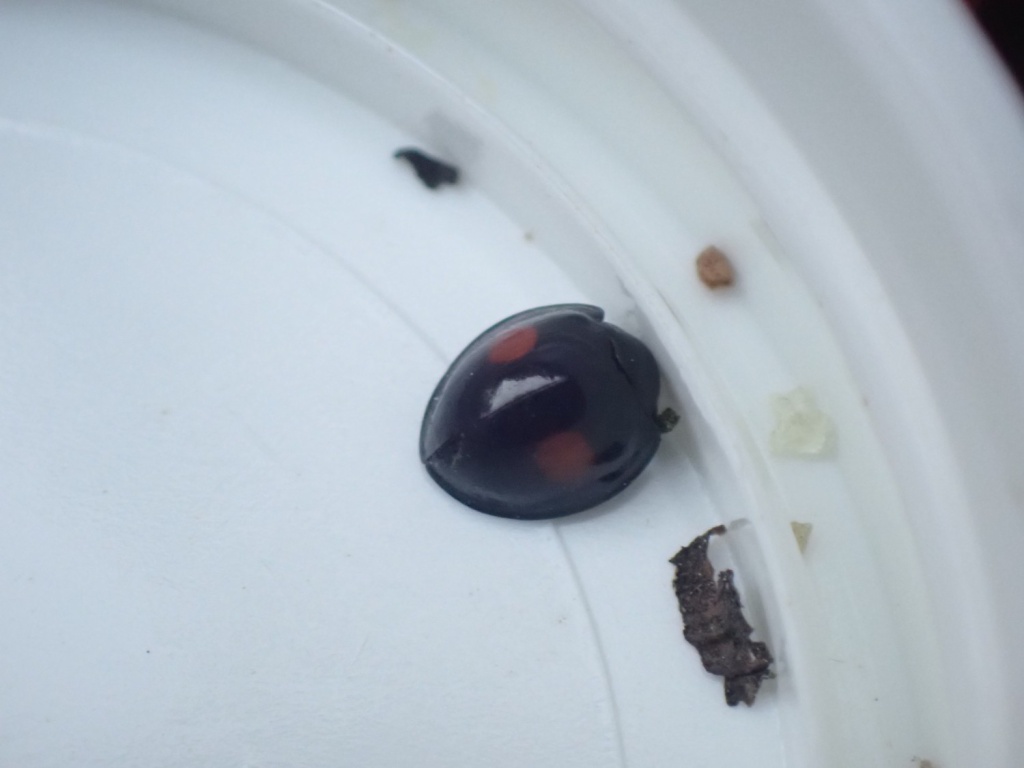
Kidney-Spot Ladybird © James Common
Specialist ladybirds
One of the biggest surprises of the project so far has been the number of specialist ladybirds uncovered by eagle-eyed observers. In Newcastle, the striking Striped Ladybird was recorded at Havannah Nature Reserve, while Larch Ladybird was spotted on a gravestone at Bothal in Northumberland.
Elsewhere, Water Ladybird was observed wintering inside a Bulrush stem at Gosforth Nature Reserve and another was noted by Joe Dobinson at Rising Sun Country Park. Sightings of the smaller, inconspicuous ladybirds remain low, but Coccidula rufa, a wetland specialist, was observed at a new site in Newcastle.
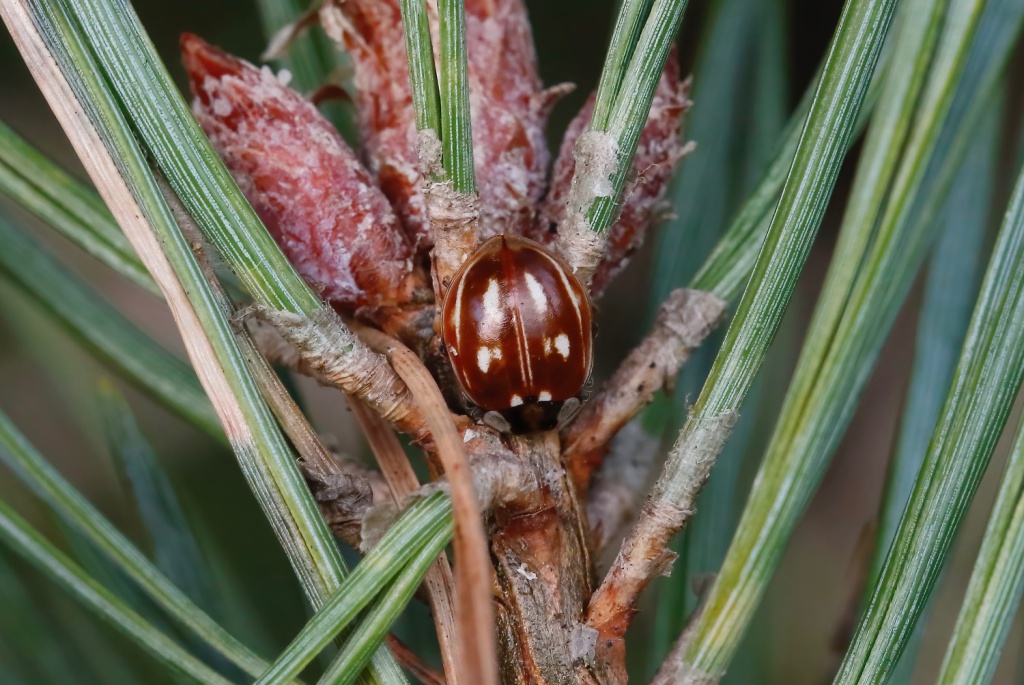
Striped Ladybird © Chris Barlow 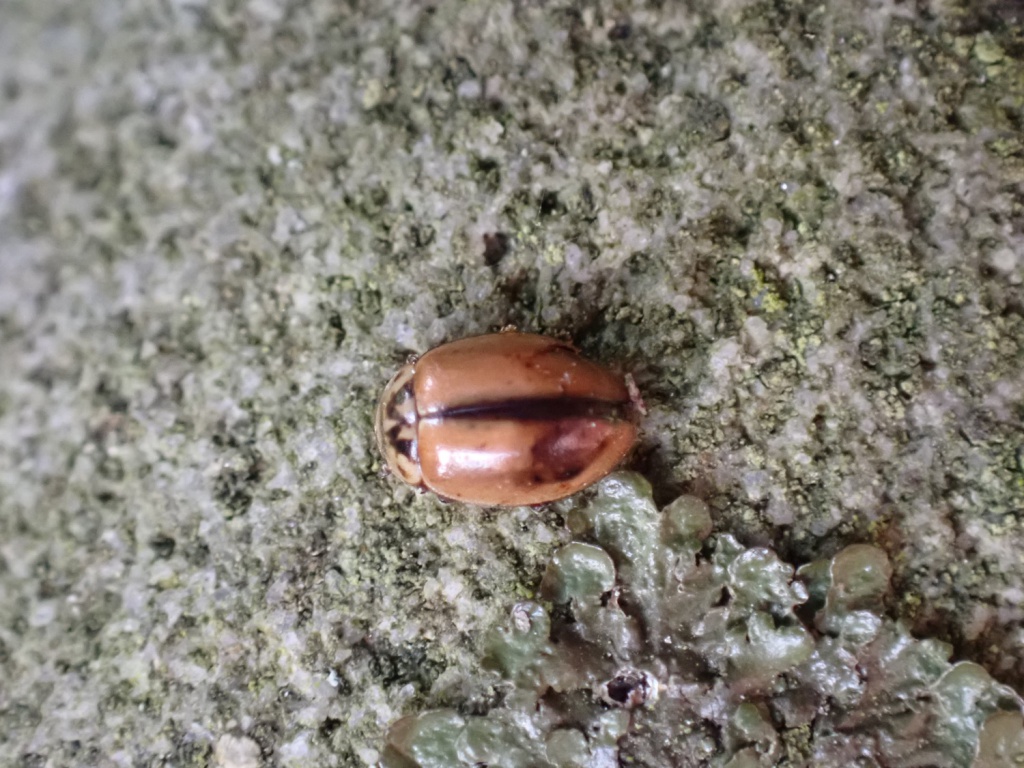
Larch Ladybird © Mark Welfare 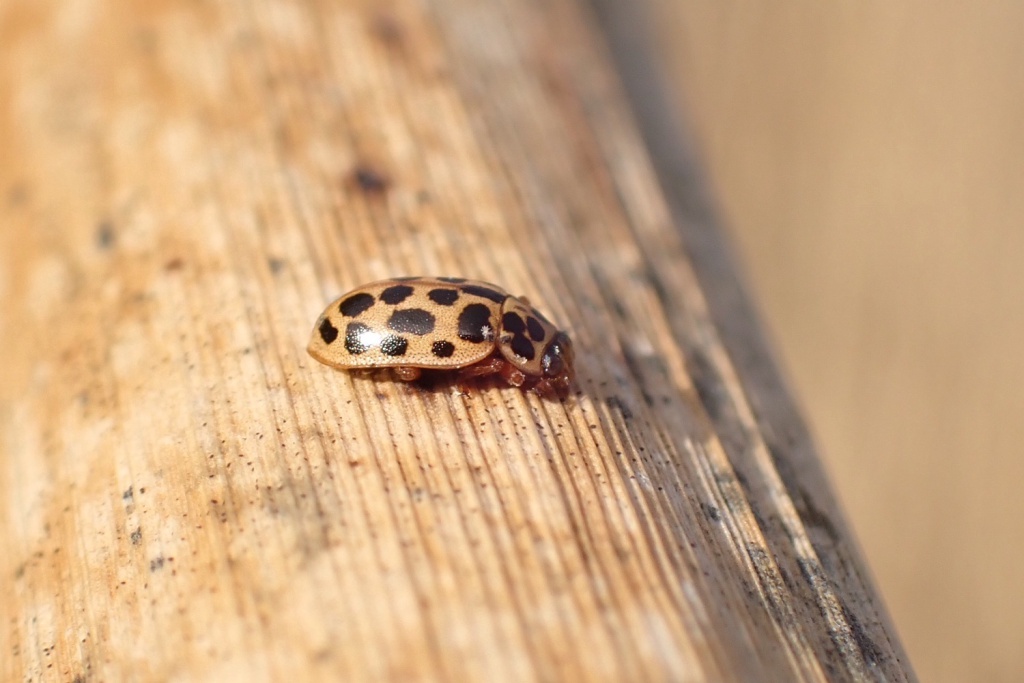
Water Ladybird © Joe Dobinson 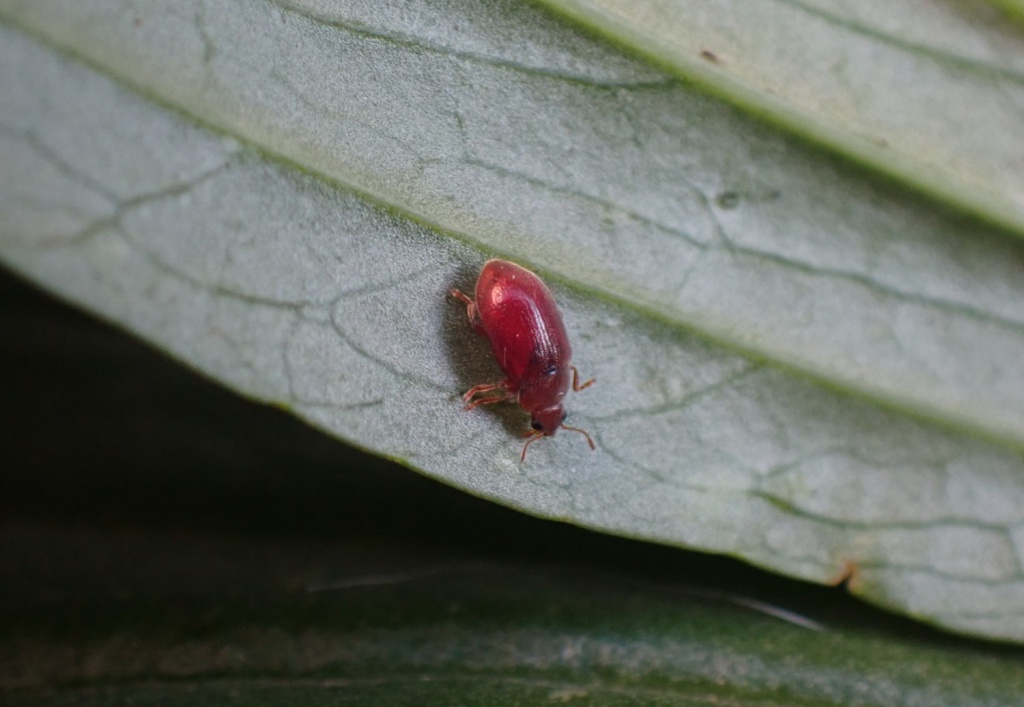
Coccidula rufa © James Common
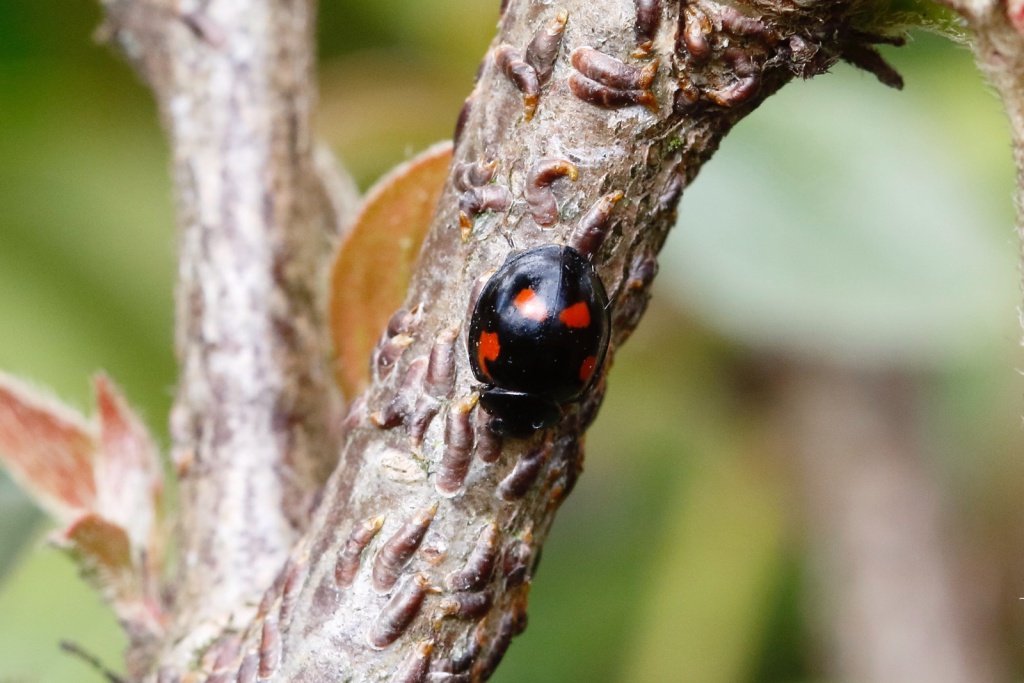
Share your discoveries
Urban or rural, beginner or expert, we need your help to record ladybirds across the North East.
Your records can add to our understanding of ladybirds in the region and inform conservation and monitoring efforts.
Taking part is easy and every record counts, wherever you live in the North East. Records of all ladybird species are welcome.